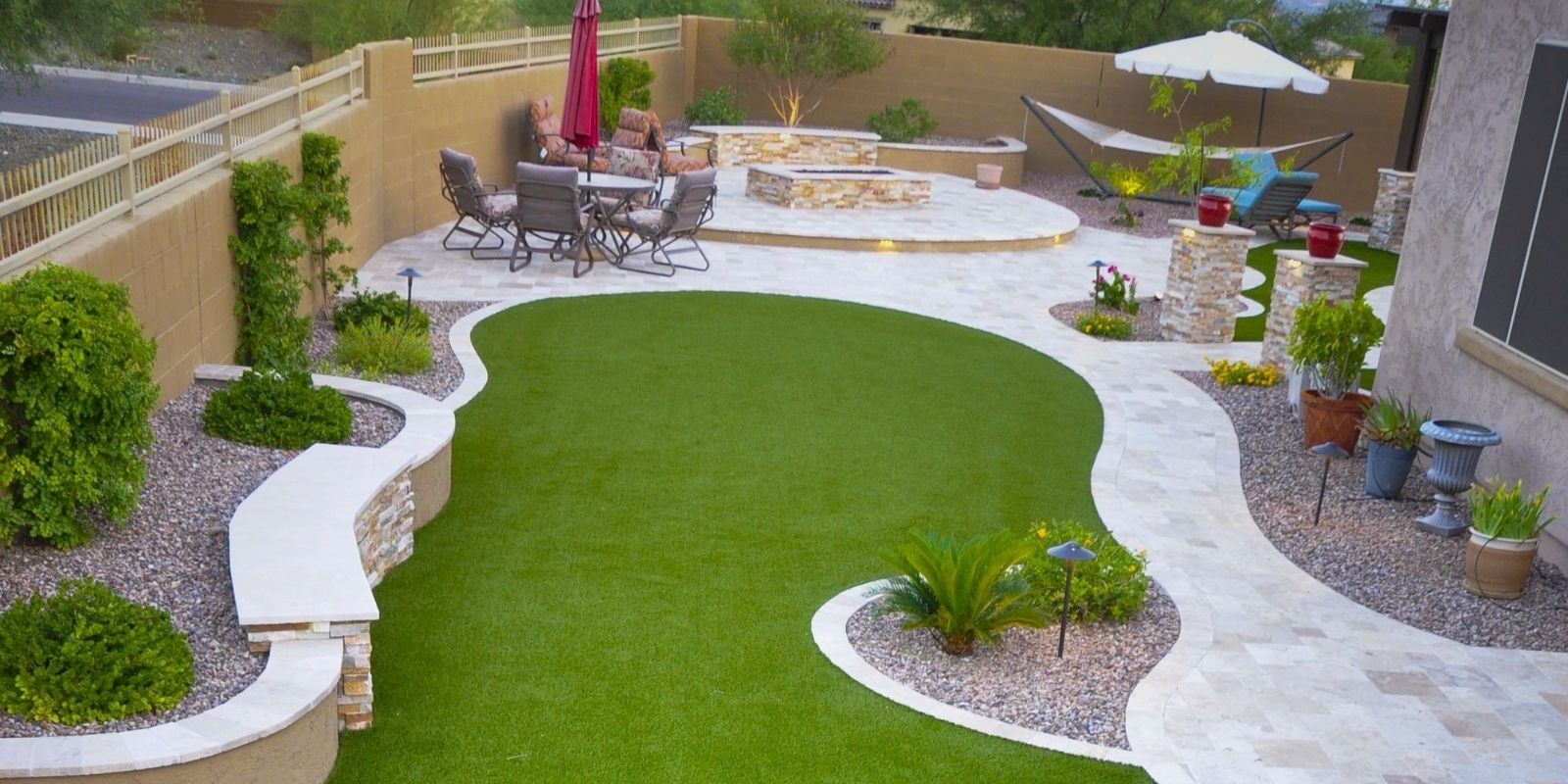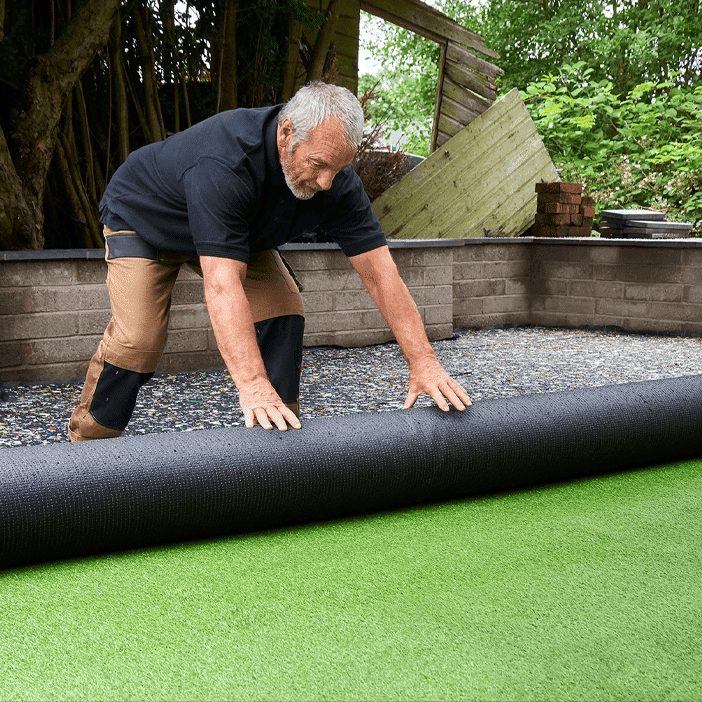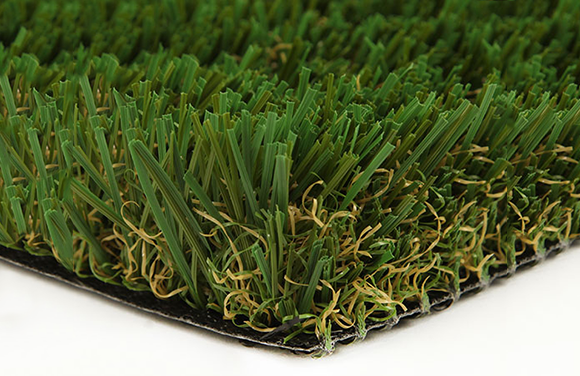Sustainable Arizona Artificial Turf for a All-Season Lush Green Lawn
Sustainable Arizona Artificial Turf for a All-Season Lush Green Lawn
Blog Article
Delve Into the Environmental Benefits of Opting for Synthetic Grass Solutions
The adoption of man-made grass remedies provides an engaging chance to resolve pressing ecological difficulties. By considerably decreasing water use and decreasing the application of unsafe chemicals, these alternatives not only promote lasting landscaping but additionally shield neighborhood environments.
Water Conservation Conveniences
One of the most considerable benefits of fabricated lawn is its capability to preserve water. In contrast, man-made turf does not require watering, considerably lowering the total demand for water resources.
By removing the need for normal watering, synthetic lawn adds to sustainable landscape methods and helps reduce the ecological impact of excessive water usage. Furthermore, the conservation of water encompasses the decrease of runoff, which can bring about dirt erosion and river pollution.
In addition, the installation of synthetic grass enables property owners and communities to designate water sources extra efficiently, concentrating on important uses such as drinking water and farming. The shift towards synthetic grass not just promotes accountable water usage however also straightens with wider ecological goals targeted at preserving all-natural resources.
As communities significantly focus on sustainability, the water conservation benefits of fabricated grass offer an engaging instance for its adoption in household and commercial landscaping tasks.
Reduced Chemical Use
The change to fabricated grass dramatically lowers the reliance on chemical treatments typically used in all-natural grass upkeep. Conventional turf administration typically involves the application of pesticides, herbicides, and fertilizers to advertise development and control parasites. These chemicals can present threats to human health, local wildlife, and the atmosphere, adding to dirt and water contamination.
In comparison, fabricated grass gets rid of the need for these unsafe compounds. By decreasing the launch of synthetic compounds into the ecological community, man-made grass advertises healthier dirt and water systems.
Additionally, the absence of chemical runoff related to synthetic grass installations assists protect neighborhood rivers from air pollution, sustaining aquatic life and preserving biodiversity. Arizona turf. As neighborhoods progressively focus on sustainable practices, deciding for synthetic grass offers a feasible solution that straightens with ecological conservation objectives. With this shift, homeowner can delight in lavish green spaces without jeopardizing eco-friendly health and wellness, leading the way for a much more sustainable future
Reduced Carbon Footprint

Moreover, the setup of man-made lawn can cause substantial water preservation. All-natural grass call for significant amounts of water for watering, which not just contributes to the carbon footprint connected with water removal and treatment but likewise pressures local water resources. On the other hand, synthetic grass requires very little maintenance, needing no watering, therefore significantly decreasing water use and its connected energy costs.
In addition, the longevity of synthetic grass adds to its decreased carbon influence. With a life-span of as much as 15 years or even more, the need for constant replacements is decreased, causing less waste and lower energy intake in manufacturing and getting rid of standard turf options. On the whole, synthetic grass provides a lasting alternative for eco conscious landscaping.
Habitat Conservation
Environment preservation is a crucial consideration in the debate over landscape design choices, specifically when comparing artificial lawn to all-natural turf. All-natural turf lawns often call for extensive upkeep, consisting of making use of pesticides, herbicides, and plant foods, which can detrimentally impact regional environments. These chemicals can leach into the dirt and rivers, harming native plants and fauna and interrupting neighborhood habitats.
On the other hand, synthetic turf provides a chance to decrease the ecological impact of landscaping. By opting for artificial turf, house owners can lessen the interruption of all-natural habitats connected with traditional lawn care methods. Fabricated lawn gets rid of the requirement for hazardous chemicals, therefore safeguarding nearby wild animals and maintaining the honesty of surrounding environments. In addition, the installment of synthetic turf can lead to the conversion of previous turf locations into even more biodiverse landscapes, such as pollinator yards or native plant areas, which can support neighborhood wild animals.
Eventually, the transition to synthetic grass not just preserves water and minimizes maintenance efforts but additionally fosters a much more unified partnership between human activities and the natural surroundings, promoting environment conservation at the same time.
Long-Term Sustainability
Lasting sustainability is an essential consider evaluating the advantages of synthetic grass over conventional grass lawns. One of one of the most significant benefits of synthetic visit this site right here grass is its resilience; it can last as much as 15-20 years with marginal maintenance, whereas all-natural yard calls for regular reseeding and replacement. This durability decreases the need for constant resources, such as water, fertilizers, and pesticides, which are important for preserving a healthy grass lawn.
Additionally, man-made lawn adds to a decrease in carbon emissions related to grass treatment equipment. Standard lawns commonly require gas-powered lawn mowers, leaners, and blowers, every one of which contribute to air pollution. Turf installation phoenix az. On the other hand, synthetic grass removes the requirement for such devices, promoting a cleaner environment
Additionally, the production of synthetic grass progressively utilizes recycled products, enhancing its sustainability account. As manufacturers adopt eco-friendly techniques, the environmental footprint of synthetic grass proceeds to decrease.

Final Thought
The fostering of synthetic grass options presents considerable ecological benefits, including substantial water preservation, lowered dependence on dangerous chemicals, and a reduced carbon impact. Artificial lawn aids in preserving natural environments by lessening land disturbance and promoting long-lasting sustainability through the usage of long lasting materials. Jointly, these variables underscore the possibility of synthetic grass to contribute positively to ecological health and use a feasible choice to standard landscape design methods in a significantly resource-conscious globe.
In comparison, man-made grass does not need watering, substantially additional hints reducing the general need for water sources. By decreasing the launch of synthetic substances right into the ecosystem, man-made turf advertises healthier dirt her explanation and water systems.
Additionally, the installment of man-made grass can result in significant water conservation. In comparison, man-made turf needs marginal maintenance, needing no watering, consequently significantly decreasing water usage and its connected energy costs.

Report this page